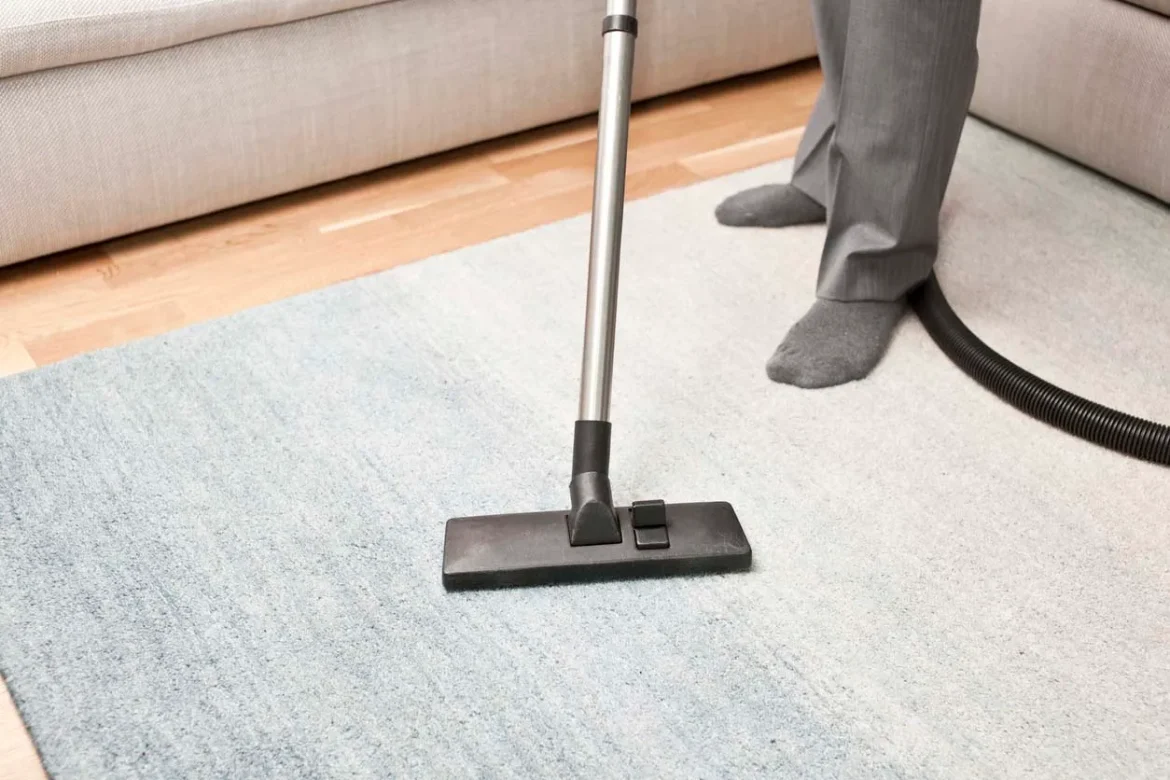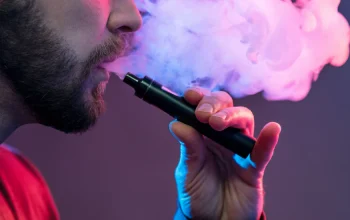The efficiency of Best Central Vacuums systems is rooted in several scientific principles and technological advancements that contribute to their superior cleaning performance and effectiveness compared to traditional vacuum cleaners. Here’s an overview of the science behind the efficiency of Best Central Vacuums:
1. Centralized Suction Power:
Best Central Vacuums systems are designed with a powerful motor located in a central unit, typically installed in a remote area like a garage, basement, or utility room. This centralized setup allows for stronger suction power compared to portable vacuums, which often have smaller motors and limited capacity. The robust suction of Best Central Vacuums ensures thorough removal of dirt, dust, debris, and allergens from various surfaces throughout the home.
2. Strategic Inlet Valve Placement:
Inlet valves are strategically placed in walls or floors throughout the home to connect the lightweight vacuum hose to the central unit. This design allows for efficient suction distribution across multiple rooms without the need to move a heavy vacuum cleaner from one area to another. The placement of inlet valves ensures comprehensive coverage and convenient access for effective cleaning.
3. Advanced Filtration Systems:
Many Best Central Vacuums systems are equipped with advanced filtration systems, including HEPA (High-Efficiency Particulate Air) filters. HEPA filters are capable of capturing up to 99.97% of particles as small as 0.3 microns in size, such as dust, pollen, pet dander, and other allergens. This high filtration efficiency contributes to improved indoor air quality by trapping fine particles and preventing them from being reintroduced into the air during vacuuming.
4. Exhaust Mechanism:
Unlike traditional vacuum cleaners that exhaust air back into the room, Best Central Vacuums systems expel exhaust air and particles outside the living areas through tubing connected to the central unit. This exhaust mechanism prevents dust and allergens from recirculating indoors, reducing airborne contaminants and maintaining cleaner indoor air quality.
5. Noise Reduction Technology:
Best Central Vacuums systems operate quietly due to the placement of the main motor unit in a remote location away from living spaces. This minimizes noise levels during vacuuming, providing a quieter cleaning experience compared to traditional vacuums. The reduced noise level enhances comfort and allows for cleaning at any time without causing disruptions to household activities or disturbing neighbors.
6. Durability and Longevity:
Best Central Vacuums systems are built to be durable with sturdy construction and fewer moving parts compared to portable vacuums. This design contributes to their long-term reliability and extended operational lifespans, requiring less maintenance and reducing the need for frequent replacements or repairs.
7. Energy Efficiency:
Best Central Vacuums systems are generally more energy-efficient than traditional vacuum cleaners. Their powerful motors are designed to consume less electricity while delivering strong suction power, resulting in lower energy costs over time. This energy efficiency makes Best Central Vacuums a sustainable choice for homeowners looking to reduce their household’s energy consumption and environmental footprint.
Conclusion:
The efficiency of Best Central Vacuums systems is scientifically grounded in their centralized suction power, strategic inlet valve placement, advanced filtration systems, exhaust mechanism, noise reduction technology, durability, and energy efficiency. These scientific principles and technological advancements collectively contribute to the superior cleaning performance, improved indoor air quality, convenience, and long-term benefits that Best Central Vacuums offer to modern homes.



